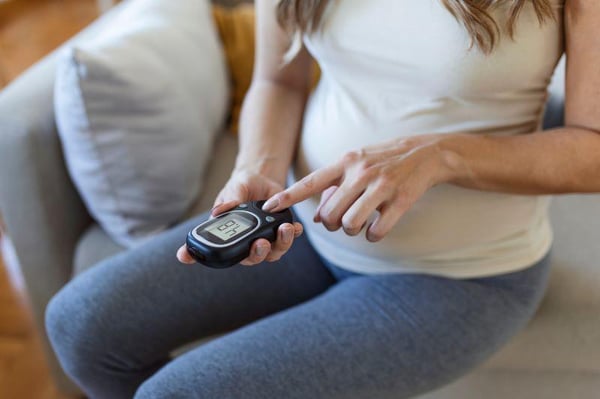Experimental Insulin-in-a-Pill Shows Promise in Rat Study

MONDAY, Sept. 5, 2022 (HealthDay News) – People with type 1 diabetes who need to inject insulin a few times a day could eventually be switching to an easier-to-take tablet that dissolves inside the cheek.
Canadian researchers working with rodents report they have created an insulin that could be taken in pill form without most of being wasted in the stomach.
“These exciting results show that we are on the right track in developing an insulin formulation that will no longer need to be injected before every meal, improving the quality of life, as well as mental health, of more than 9 million type 1 diabetics around the world,” said lead study author Dr. Anubhav Pratap-Singh, from the University of British Columbia's faculty of land and food systems. His inspiration for the work was his father, who has been injecting insulin for 15 years.
This new tablet would be placed between the gum and cheek, using the thin membrane found within the lining of the inner cheek and back of the lips.
“For injected insulin, we usually need 100iu per shot. Other swallowed tablets being developed that go to the stomach might need 500iu of insulin, which is mostly wasted, and that’s a major problem we have been trying to work around,” said study co-author Yigong Guo, a PhD candidate at the University of British Columbia.
While injected insulin is fully released in about 30 to 120 minutes, most swallowed insulin tablets release insulin slowly over two to four hours.
In previous attempts to develop a drinkable insulin, most of the insulin would accumulate in the stomach, not where it was needed.
“Even after two hours of delivery, we did not find any insulin in the stomachs of the rats we tested. It was all in the liver and this is the ideal target for insulin -- it’s really what we wanted to see,” said Guo.
Besides the comfort factor, insulin in pill form could reduce a lot of environmental waste associated with type 1 diabetes treatment, such as needles and syringes that might not be recycled, Pratap-Singh noted.
The hope is to also reduce the cost of insulin per dose because the oral form would be cheaper and easier to make, as well as easier to transport and store. The next step is to plan a study to be done in humans, the researchers said. However, the results of animal studies aren't always replicated in people.
The findings were published recently in Scientific Reports.
More information
The U.S. Centers for Disease Control and Prevention has more on diabetes.
SOURCE: University of British Columbia, news release, Aug. 30, 2022
Was this page helpful?
Related Posts
CDC Investigating Salmonella Outbreak Linked to Flour
MONDAY, April 3, 2023 (HealthDay News) -- U.S. health officials are...
Is a Night in the Hospital Necessary After Hip, Knee Replacement?
WEDNESDAY, Jan. 19, 2022 (HealthDay News) -- For many people undergoing total...
Obesity in Teen Years Might Trigger Type 1 Diabetes
MONDAY, June 6, 2022 (HealthDay News) -- Obesity is a well-known risk factor for...
Equine Therapy: Horses Help Veterans Struggling With PTSD
WEDNESDAY, Sept. 1, 2021 (HealthDay News) -- As a Marine Corps veteran who...
